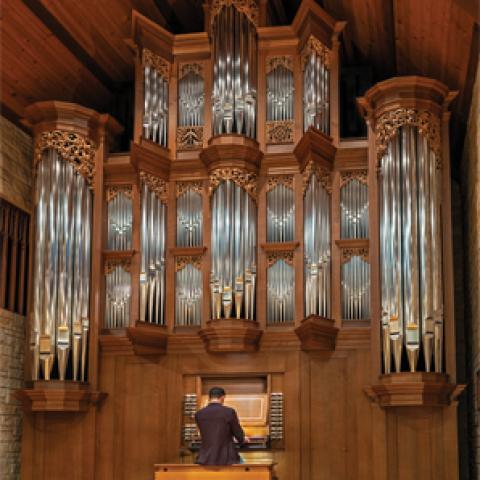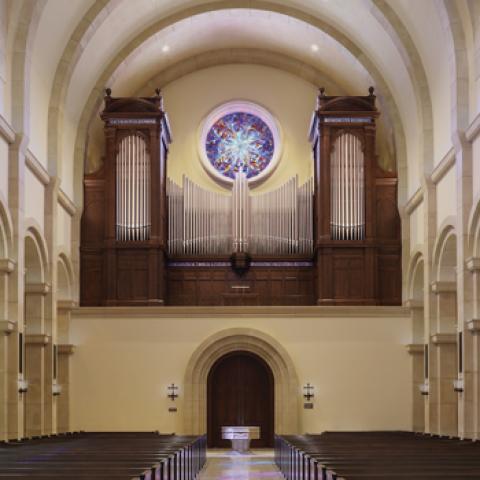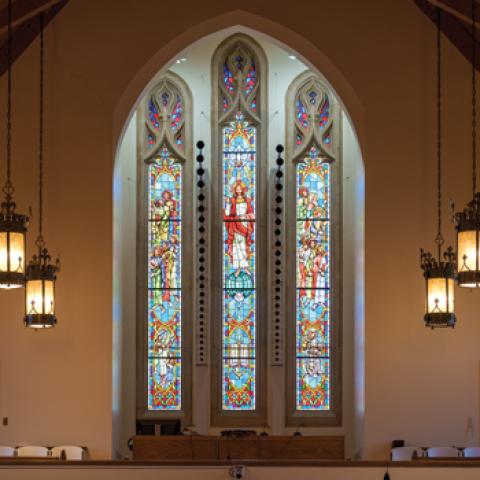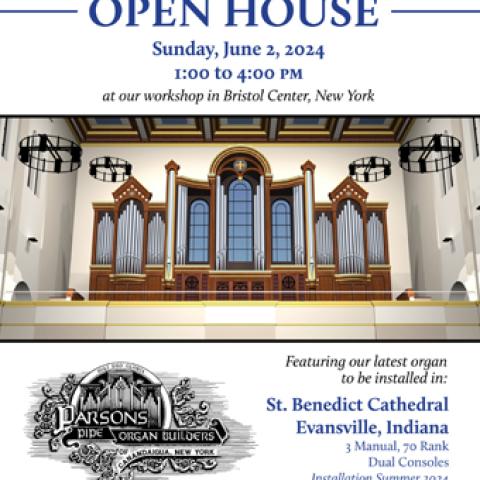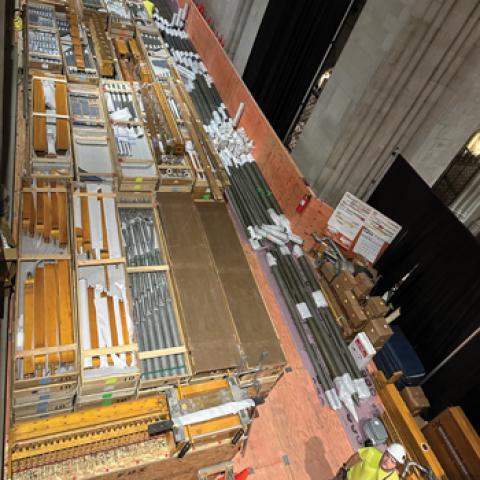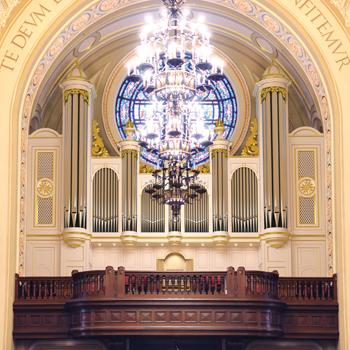
Juget-Sinclair Organbuilders, Montréal, Québec, Canada, is building a new 55-stop, mechanical-action organ for the Cathedral of St. Joseph, Sioux Falls, South Dakota. The cathedral was designed in a Renaissance Revival style by Emmanuel Masqueray, a Frenchman who settled in New York.
The cathedral has spent the last two decades completing a restoration of the interior, and the organ is the final project of the process. The cathedral sought an organ that would respect the Franco-American connection, allowing the project to be inspired by these ideas both visually and tonally, while still incorporating elements from other traditions so that the organ can play in a wide range of styles.
Cathedral organist is Jared Ostermann, and consultant is Kevin Vogt. Completion is scheduled for the end of 2025.
For information: juget-sinclair.com.
Other organ builder news:

